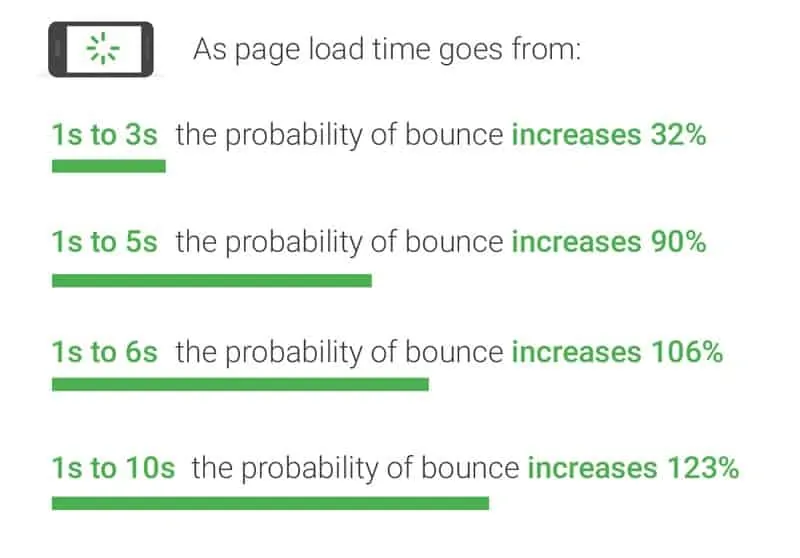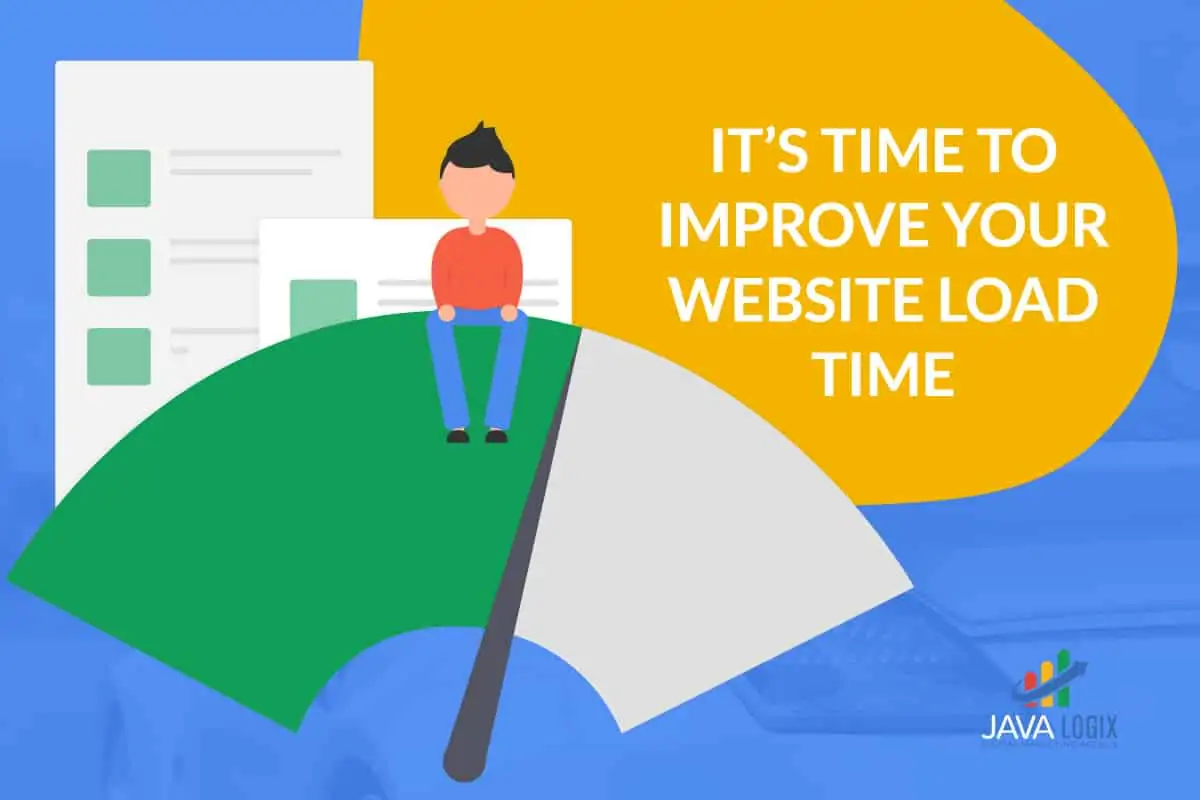“Speed equals revenue.” Those are Google’s words, not mine.
If your business website is slow, you’re losing prospective clients, existing clients, and revenue. Your website load time has a direct impact on both SEO and conversion rates. So, failure to improve your website load speed is a costly mistake.
Why?
Website users are more likely to bounce from a slow site, and the chances of this happening increase by 100 percent or more if a website load time increases from 1 second to 6 seconds. There’s a real need for optimum speed, and Gtmetrix is a fantastic tool to help you perform a website speed test.
Why website load time matters

Your business website needs to be fast enough for its users. While this might not be the answer you are looking for, it is one that your target audience will appreciate. By getting an expert in website speed optimization to monitor your site’s bounce rate and page load time, you can successfully improve it, and serve your visitors better.
Here’s why you should pay attention to website speed optimization.
Today’s consumers are impatient.
When you visit a site that takes forever to load, how do you feel? If you are like most internet users, you probably feel frustrated. If a website makes you feel frustrated or angry, do you stay on that page? Probably not. You would go to another website that loads faster, right?
The consumers who are searching for your services and products are not different. They don’t have all the time to sit around waiting for a very slow site to show up on their desktop or smartphone. They want everything to load within a second. So, the longer you make your website visitors wait, the more they are likely to lose interest in your brand.
Website speed affects SEO.
Google began using website speed as a key ranking signal in their algorithm in 2010. It was first focused on desktop searches until July 2018, when the tech giant rolled out a specific mobile PageSpeed update. Website load time or speed continues to be one of the factors that determine where your site appears in the SERPs (Search Engine Result Pages).
Your website speed reflects how quickly your site responds to web requests. Speeding up your website is essential to all web users. This is because fast sites create happy clients, and when a website responds slowly, users spend less time there.
Google already knows that sending consumers to slow loading sites can wreak havoc on user experience. That means the search giant places value on website speed.
What factors affect website load time?
Websites often get weighed down by many unnecessary features that your target audience may never use. Unfortunately, not all web development agencies take this into account when designing a site.
One of the common factors that impact a website load time is the decision to choose a custom-designed website or a theme (template) website. Though the cost of a theme or template website is significantly lower than a custom-designed site, theme websites come with extra features built-in to the template. Most of these features are not integral to your site’s success.
Unfortunately, these extra features take more time to load, which could slow down your site’s page load time. Cleaning up the website code and removing (or blocking) unnecessary features is one way of optimizing your website speed.
Other issues that we address include;
- Sliders (Carousels)
- Image sizing
- Content delivery networks and hosting
Website speed optimization doesn’t mean that your site should be stripped down to nothing. Instead, it’s all about prioritizing the functionality and features that are essential for creating an excellent user experience on your website and help your clients find what they need within the shortest period possible.
What your site’s page speed should be
Your business website speed should be as fast as possible without compromising the user experience. Google and other search engines aim for the page speed of a blink, but your site can safely aim for page speed of a breath.
It’s important to mention that there are many factors to the success of your website, including the web hosting provider, browser, device, and content published on the web page. This is the reason you should focus on your website visitors’ needs.
Suppose you strip down your website to improve mobile speed, but 90 percent of your visitors came from desktops, you are not serving the interests of the main target audience. When optimizing website speed, it’s important to analyze how an aspect of website that’s taken away may influence user experience. The JavaLogix team pays attention to the impact of any change made to your website.
Bottom line
If your beautiful website isn’t as fast as it should be, you are losing a lot of money. And website load time plays a crucial role in optimizing your site’s rank on search engines and conversion rates. So, we did the leg-work for you and prepared this guide.
Download it and learn why your slow website is costing you sales.
And…of course, how to fix them.
FAQ
How much does site speed optimization cost?
The cost of website speed optimization services depends on several factors. Contact us to get a quote.
Does website load time affect SEO?
Yes.
Page speed is among the direct ranking factors. It can also affect your site rankings indirectly, particularly through bounce rates and dwell time. Slow websites have a high bounce rate and low dwell time – both are bad news for SEO.
How can I perform a Google speed test or website speed test?
There are many tools to analyze your website speed. The common ones include Gtmetrix and Google PageSpeed Insights. Unless you understand the relevant KPIs, it’s best to let an expert in website speed optimization handle it.
What’s a good page load speed?

Your business website must load as fast as possible. The best site load time for a mobile website should be 1 to 2 seconds. If your website takes longer, the chances are that the users are frustrated.
Why is my website so slow?
There are numerous reasons for a slow loading website. These include unoptimized images, JavaScript issues, too much flash content, excessive HTTP requests, unclean code, excessive ads, bad hosting, and more.


